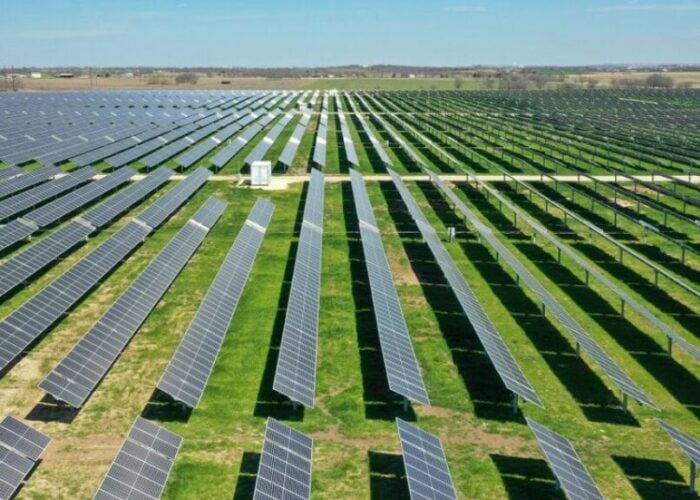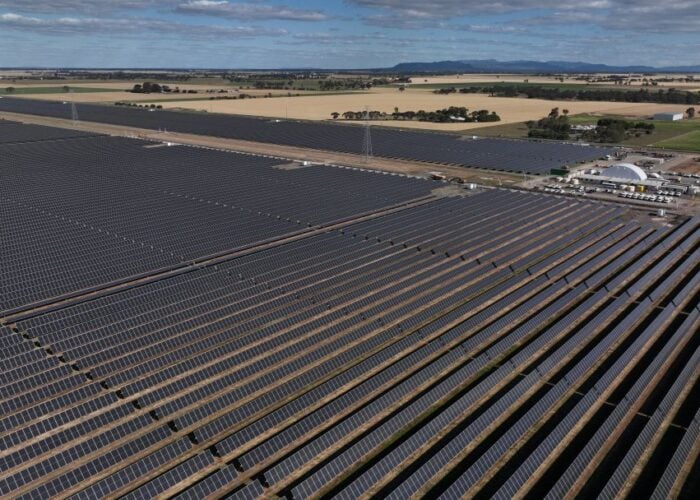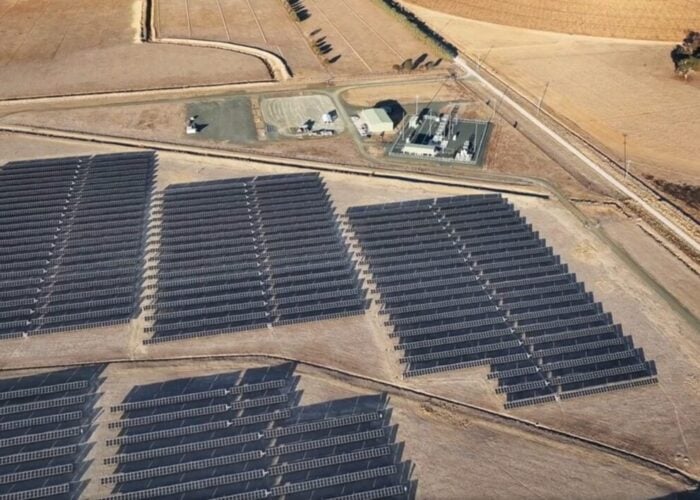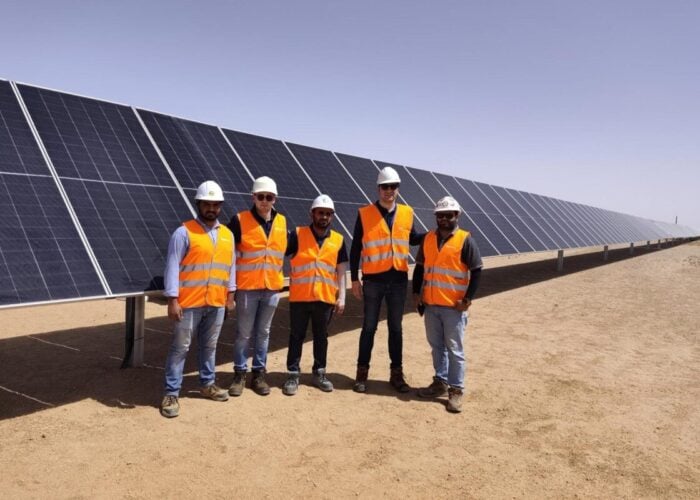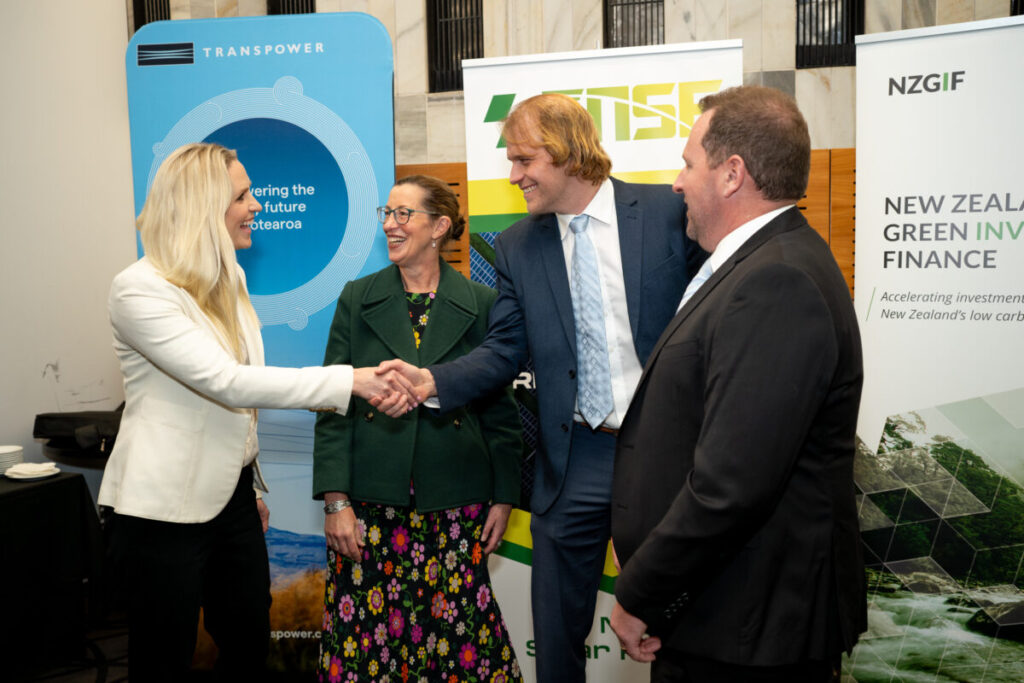
New Zealand Green Investment Finance (NZGIF) has provided a NZ$78 million (US$48.7 million) financing facility to solar developer Far North Solar Farm (FNSF) to help complete around 1.1GW of new solar projects in the country.
The facility will be used to support the development of grid connection infrastructure and what NZGIF called “broader development activities” required by FNSF across five sites in New Zealand. As part of the deal, NZGIF has signed a NZ$22 million (US$13.7 million) works contract with Transpower, New Zealand’s state-owned grid operator, which has itself signed a grid-connection agreement with FNSF that includes a new substation.
Try Premium for just $1
- Full premium access for the first month at only $1
- Converts to an annual rate after 30 days unless cancelled
- Cancel anytime during the trial period
Premium Benefits
- Expert industry analysis and interviews
- Digital access to PV Tech Power journal
- Exclusive event discounts
Or get the full Premium subscription right away
Or continue reading this article for free
“The connection facility agreement is a tailored solution, designed by NZGIF, to introduce a new pool of capital to accelerate renewable energy generation in New Zealand,” said NZGIF chief executive Sarah Minhinnick. “We look forward to seeing more private capital driven towards these solar developments.”
Tackling the energy crisis
The presence of grid connection work, as part of this deal, is particularly significant considering New Zealand’s current energy supply issues, which were dubbed a “crisis” by prime minister Christopher Luxon this week. The country has endured a dry year so far, significantly reducing the output of its hydropower plants, which account for a significant part of the country’s energy mix; according to trade body Energy Resources Aotearoa, hydropower accounts for 22% of the country’s energy supply, second only to oil.
New Zealand has a total installed hydropower capacity of around 5.4GW, and the low rainfall has forced consumers to turn to fossil fuels to meet energy demand. According to think tank Ember, fossil fuels generated 4.36TWh of electricity from January to July this year, 67% higher than the same period in 2023, and almost perfectly matching the 1.86TWh drop in hydropower production.
In response, the government has made a number of sweeping changes to the country’s energy industry, including the reversal of a ban on new oil and gas projects put in place by the previous government.
While such an initiative could imperil New Zealand’s plan to meet 100% of its electricity demand with renewable power by 2030—another initiative introduced by the former government—the country’s Resource Management Act (RMA) reform minister Chris Bishop and energy minister Simeon Brown have announced plans to accelerate renewable power permitting, and improve “electricity distribution and transmission.”
The easing of permitting for renewable power projects could be of long-term benefit to the country’s clean power sector. FNSF, for instance, has a development portfolio of 1.4GW of solar generation capacity, and with none of its projects currently in commercial operation, securing permits for these and other projects could be of significant importance.
The news follows a number of encouraging project developments for the New Zealand solar sector, including Genesis Energy’s acquisition of a 127MW project, which is set to be commissioned in 2026, and Lightsource bp’s financing of a 168MW rooftop solar project at Christchurch Airport.
New Zealand’s energy supply crisis follows questions about grid efficacy in a number of key renewable power markets in recent months, including Australia, Europe and solar energy powerhouse China.


